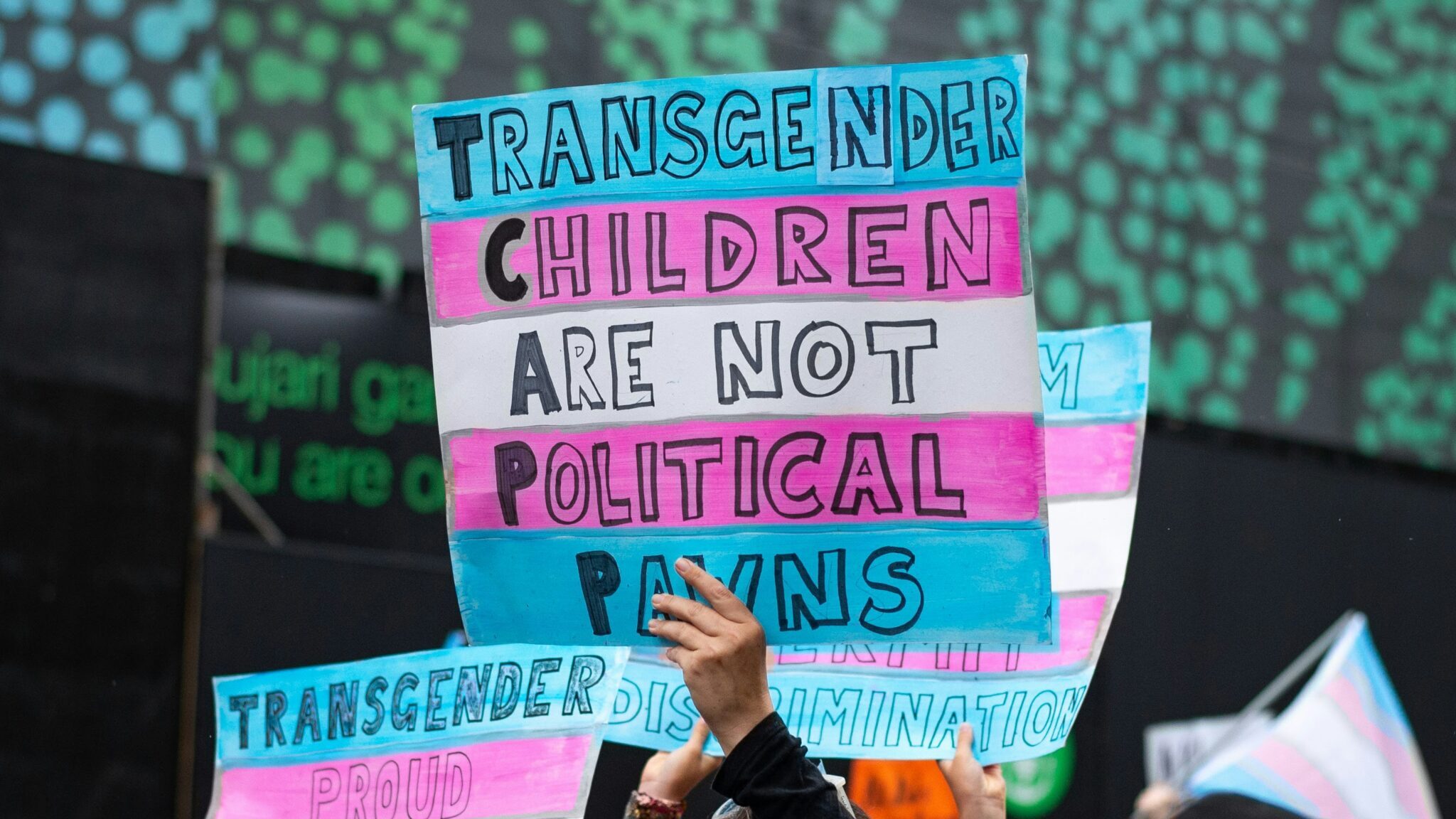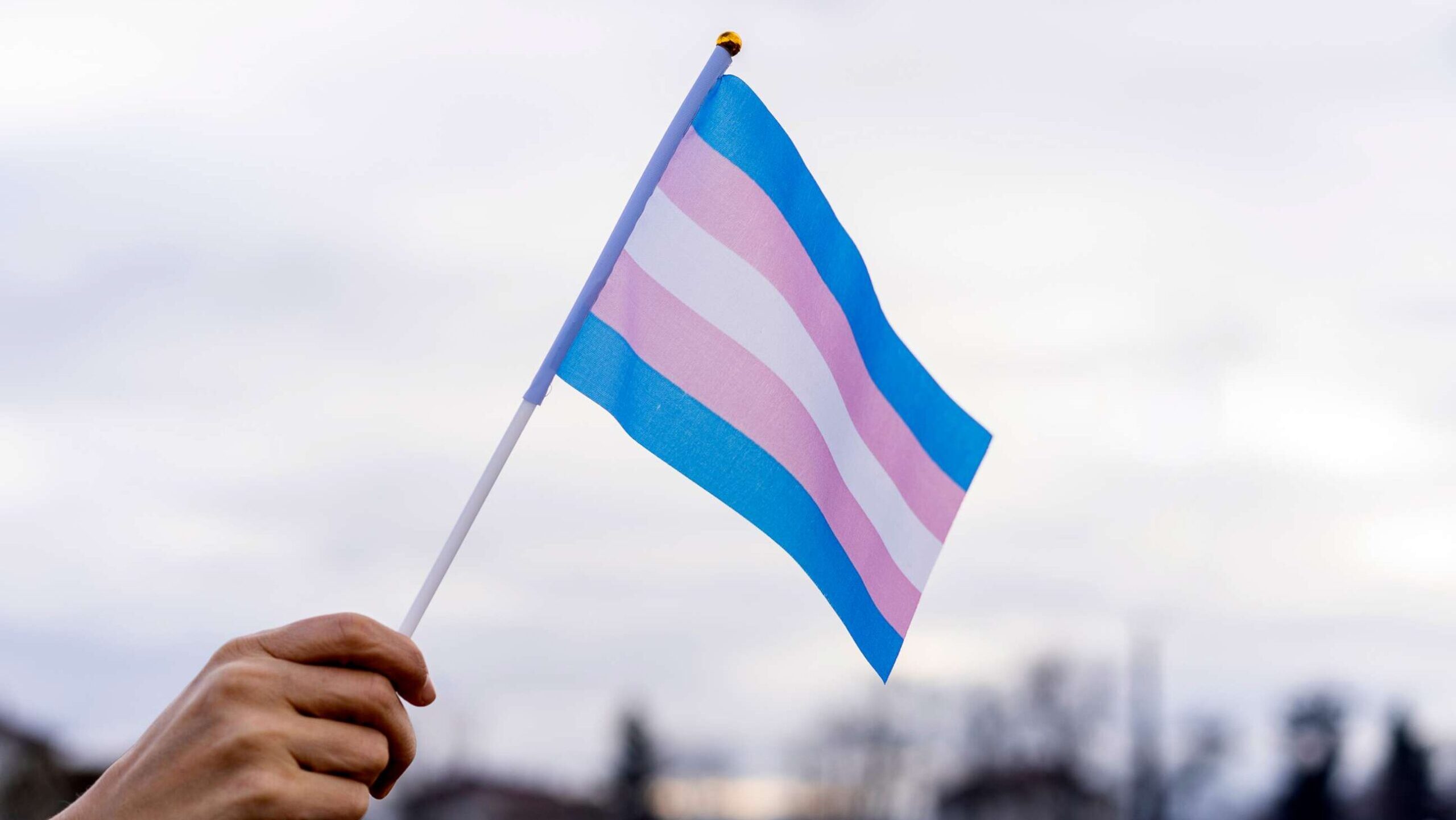BECKY PEPPER-JACKSON slides her toes into her running shoes as the sun sets behind the Appalachian Mountains. She likes to run at the end of the day, when the summer heat has broken and she’s done with her chores. The 11-year-old and her family live on three acres of land outside Bridgeport, West Virginia, a town with fewer than 10,000 people about halfway between Charleston, the state’s capital, and Pittsburgh.
Every morning, Becky has to let the chickens out and fill up the water bucket. “Which half the time ends in a hose fight, by the way,” Becky’s mother, Heather, says.
On this particular July evening, Becky climbs into the family car with her mom, her dad and an older brother to drive to their favorite running spot. The road they live on is too busy, so they drive to a cross street where the cows far outnumber the cars.
“The cars that do come, they can see you from a mile away,” Heather says. “Literally.”
Becky has been logging miles with her mom since Heather pushed her around in a stroller. Now they run a mile through the rolling hills most every evening. Sometimes when they run, they also count. Math is Becky’s favorite subject, so Heather incorporates it where she can. “We do counts while we’re running,” Heather says. Sometimes they count the number of breaths between foot falls. And then to make it interesting, Heather turns it into a story problem. “Like if we take 47 more steps, how many breaths do we need to take in order to stay on our program?”
All of this running has put Becky in position to make the cross country team at her middle school. As a sixth-grader, this is her first chance to run competitively for her school. “It’s the first chance to do any organized sports other than cheer,” Heather says.
Cross country was the obvious choice. “The reason why I love it so much is because my whole family has always done it,” Becky says.
But the path for Becky to run competitively was almost blocked in the spring of 2021 when West Virginia passed HB 3293 — a law that prevents transgender girls from competing in girls’ and women’s sports.
West Virginia is one of seven states that, during the 2021 legislative session, passed a law that restricts transgender athletes’ access to sports; nearly three dozen states in all introduced bills seeking to do the same. As a new school year begins and youth sports regain a foothold after pandemic precautions, transgender kids in the United States are stuck in the middle of the ongoing and often ugly battle over science and assumption, sex and gender identity, politics and policy. Stephanie is a 9-year-old soccer player. Kris Wilka is a 13-year-old football player. They’re not Olympians or NCAA stars. They’re not even high school students. They are kids who just want to play.
“Becky is just like every other 11-year-old girl,” Heather says. “Transgender people are just like everybody else. They’re all normal.”
So, Heather sued.
Policies all over the map
TITLE IX BARS discrimination “on the basis of sex” in educational programs receiving federal funds, including athletics, and it is at the heart of this debate. The interpretation of how Title IX either applies, or doesn’t, to transgender athletes’ participation in sports has been the focus of a partisan tug-of-war during the past three presidential administrations.
When the Obama administration issued formal guidance in the spring of 2016 through the departments of Justice and Education that mandated transgender inclusion in schools, 23 states sued. And when the Trump administration took over in 2017, that guidance was formally rescinded and the lawsuits were dropped.
As the Biden administration has made its picks for leadership in the Department of Education, inclusion of transgender students has been front and center. Education Secretary Miguel Cardona has made the federal position clear. “Transgender athletes are students first and foremost, and they deserve every right that every other student gets,” he said in an interview with ESPN’s Paula Lavigne in June. “That means access to extracurricular activities, be it theater, sports. It doesn’t matter.”
Without formal federal policy, opportunities for children like Becky Pepper-Jackson are often determined by where they live. While nine states have laws that restrict transgender athletes’ participation, athletic eligibility for transgender youth typically is determined by the policy of each state’s high school association, creating patchwork policies across the country. Not to mention confusion.
“They’re trying to put legislative momentum behind a problem that really doesn’t exist.”Karissa Niehoff
In Connecticut, for example, transgender students may compete in accordance with their gender identity without requiring medical steps. In Kentucky, transgender students may compete in accordance with their gender identity if they never went through puberty associated with their sex assigned at birth — commonly referred to as endogenous puberty. If they started puberty, they need to have been on hormone therapy for “a sufficient length of time” and have undergone surgery. Otherwise, their birth certificate determines in which category they can participate.
Most of the state associations fall somewhere in between, employing committees to review documentation, or having different rules for transgender boys and transgender girls — not addressing the fact that some students are nonbinary or more fluid with their gender identities. Iowa has two associations — one for boys and one for girls. In the boys association, transgender boys may participate without restriction. The girls association suggests inclusion for transgender girls, but ultimately each school makes a determination.
Sometimes the state associations sit on the sideline. In Georgia, the school decides who can participate where, so if a school says a transgender athlete can play in a category consistent with their gender identity, the association says it would allow that to happen. In Alaska, policies are set at the school level as well, but if a school has no policy, then a student’s birth certificate is used.
But what was once the domain of the state associations has been making its way to statehouses.
In addition to West Virginia, lawmakers in Alabama, Tennessee, Florida, Arkansas, Mississippi and Montana enacted laws restricting transgender athletes in 2021. South Dakota Gov. Kristi Noem signed two executive orders containing similar restrictions for transgender girls in sports at the scholastic and collegiate levels. Those eight states joined Idaho, which was the first state to pass such a law in 2020.
Idaho’s law hasn’t yet gone into effect because a federal judge granted a preliminary injunction on Aug. 17, 2020. Becky and Heather also won a preliminary injunction in West Virginia that allowed Becky to try out for her school’s cross country team this fall.
In West Virginia, Judge Joseph Goodwin pointed to the likelihood of Pepper-Jackson and her lawyers’ eventual success in arguing that HB 3293 is unconstitutional and violates her rights under Title IX.
“At this point, I have been provided with scant evidence that this law addresses any problem at all, let alone an important problem,” Goodwin wrote in the ruling.
Which raises the question, why are so many of these bills being filed, and, in some cases, becoming law?
The origin story
WHEN THE REFEREE raised Mack Beggs’ right arm in 2017 to signify the new Texas girls’ state wrestling champion, eyebrows raised across the country. Beggs, a transgender boy, was unable to compete in the boys division under Texas policy.
Then, transgender sprinters Terry Miller and Andraya Yearwood finished first and second in Connecticut’s 2018 outdoor and 2019 indoor girls’ state track championships.
Next came a Title IX complaint and a lawsuit filed by the Alliance Defending Freedom (ADF) on behalf of a handful of cisgender girls in Connecticut. While these teenagers were far from the first transgender athletes to participate in sports — Renée Richards successfully sued the United States Tennis Association to earn the right to play in the US Open in 1977 and Kye Allums became the first openly transgender person to participate in NCAA Division I athletics in 2010 — their successes drew national attention to transgender athletes’ participation at the youth level.
Idaho Rep. Barbara Ehardt was watching. The former women’s basketball coach at Cal State Fullerton was concerned that the inclusion of transgender athletes in girls’ and women’s sports was unfair, so she decided to pursue legislation in Idaho. She reached out to ADF for guidance as she worked on the bill. “[ADF] had no legislation,” Ehardt says. “This all started with me.”
HB500 was introduced in Idaho on Feb. 13, 2020, the day after ADF announced a federal lawsuit against the Connecticut high school association on the steps of the state’s capitol.
In the 18 months since, bills with names like “Fairness in Women’s Sports” and “Save Women’s Sports” have popped up across the country.
“What these do is it makes sure that when it comes to the women’s category in particular, that it’s reserved for biological females while still enabling any student to participate on the men’s division and category,” says Matt Sharp, senior counsel for the ADF, an organization whose stated mission is to protect religious freedom, free speech, marriage and family, parental rights and the sanctity of life.
ADF, which is categorized as an anti-LGBTQ hate group by the Southern Poverty Law Center, provided guidance on many of the bills filed in 2021. “I don’t know that we were involved in all of them, but I know several of those we had been consulted on and reached out to by the sponsor asking for our expertise and legal expertise and guidance,” Sharp says.
But Karissa Niehoff, the executive director of the National Federation of State High School Associations (NFHS), isn’t clear on what all the fuss is about.
“They’re trying to put legislative momentum behind a problem that really doesn’t exist,” Niehoff says.
This year, NFHS conducted an informal survey to see how many transgender athletes were competing across the country. “It was very, very few,” she says.
There is no data available that provides an exact number of transgender students in high school, let alone transgender student-athletes. There are approximately 15 million high school students in the United States, and approximately 8 million of them participate in high school sports. A CDC study published in 2019 estimated that 1.8 percent of high school students are transgender, meaning there are roughly 270,000 transgender students in U.S. high schools. But a report by the Human Rights Campaign found that only 14% of transgender boys and 12% of transgender girls play sports. Given all of those numbers, it’s statistically possible that there are some 35,000 transgender student-athletes in high school, which would mean 0.44% of high school athletes are transgender.
Even as a fraction of the athlete population, that’s still considerably more transgender young people playing sports than have made headlines. That’s because the overwhelming majority of them don’t win championships. Connecticut Interscholastic Athletic Conference (CIAC) executive director Glenn Lungarini saw that phenomenon up close in his conversations with parents in the state.
The post appeared first on ESPN.




